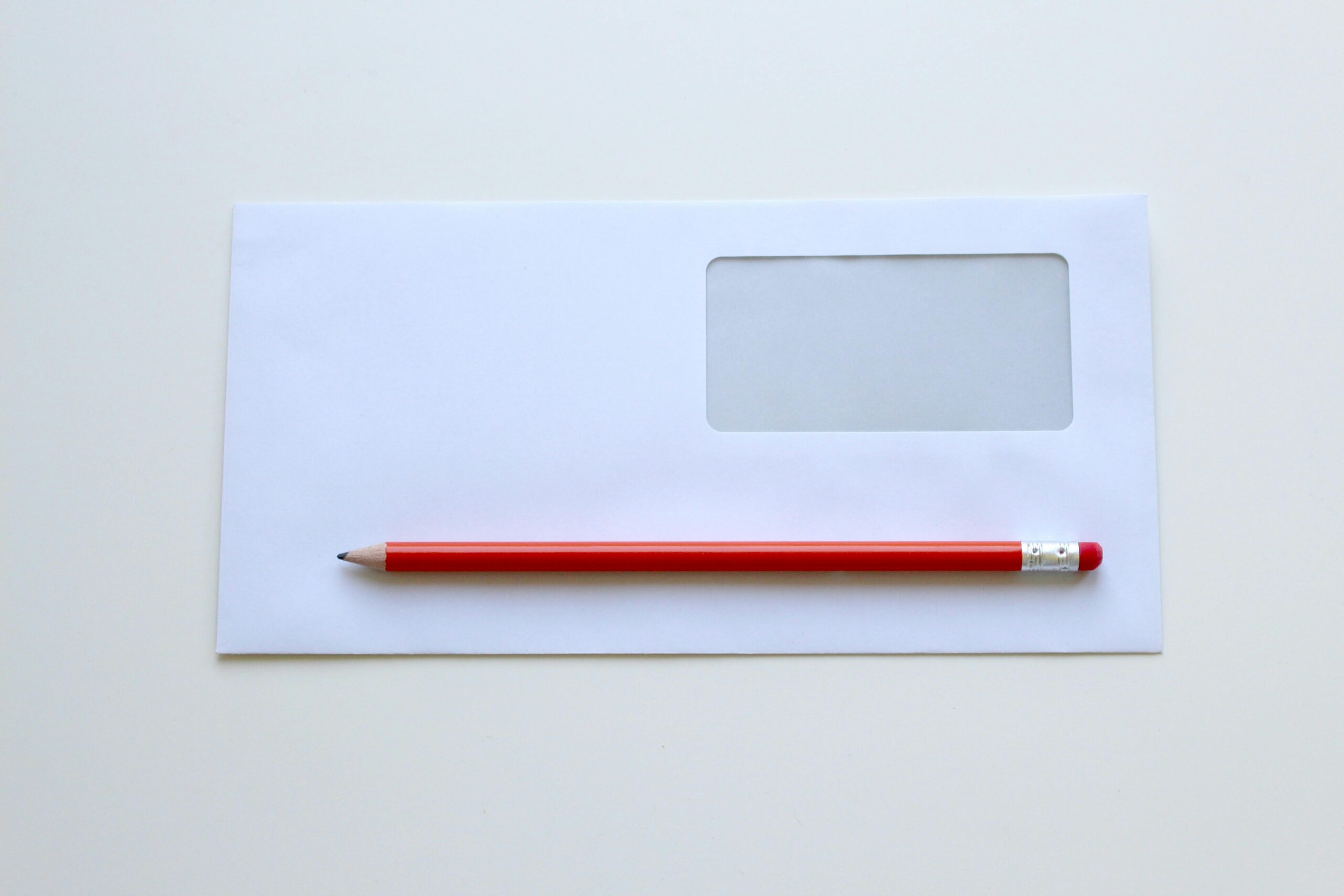
A Guide to the Settlement Check Mailing Process
by Toni Hipolito
Receiving a settlement check signifies the culmination of a legal journey, providing plaintiffs with the financial compensation they deserve. However, the process of mailing settlement checks involves various considerations, from payment methods to tracking information. Let’s take a deeper look at the settlement check mailing process.
Understanding Settlement Checks
A settlement check is the payment obtained by a plaintiff or their legal representative as a result of a legal settlement. It serves as compensation for personal injuries, insurance claims, or other legal matters, representing the resolution of a legal dispute.
Importance of Settlement Checks
Settlement checks are crucial as they provide plaintiffs with financial recompense, helping cover expenses such as lost wages, property damage, and healthcare costs. Additionally, they signify the successful completion of a legal process, allowing plaintiffs to move forward with their lives.
Dispelling Common Misconceptions
Misconceptions about settlement checks abound, including beliefs about who the check is payable to and whether it expires. It’s important to understand the terms of the settlement and any agreements between the parties to avoid misunderstandings.
Benefits of Mailing Settlement Checks
Mailing settlement checks offers several advantages:
Convenience: Recipients can receive the funds without the need for additional appointments or trips.
Efficiency: Mailing checks securely is a reliable and efficient option.
Tracking Information: Mailed checks often come with tracking information, allowing recipients to monitor delivery progress.
How to Mail Settlement Checks
Follow these steps when mailing a settlement check:
Confirm Address: Ensure the recipient’s or their attorney’s address is accurate and up-to-date.
Choose Delivery Options: Select the most suitable mailing service based on factors like speed, tracking availability, and insurance coverage.
Secure Packaging: Place the settlement check in a sturdy envelope or package to prevent damage during transit.
Comply with USPS Regulations: Familiarize yourself with USPS regulations to ensure safe handling and mailing.
Include Contact Information: Provide contact details for any inquiries or issues with check delivery.
Consider Electronic Options: In some cases, electronic payment methods like direct deposit or wire transfer may be available as alternatives to mailing physical checks.
Conclusion
By following these guidelines, plaintiffs can navigate the settlement check mailing process with confidence, ensuring the secure and timely delivery of their much-needed funds.
In conclusion, settlement checks play a vital role in providing plaintiffs with financial relief and closure. Understanding the settlement check mailing process and adhering to best practices ensures a smooth and efficient process for all parties involved.
